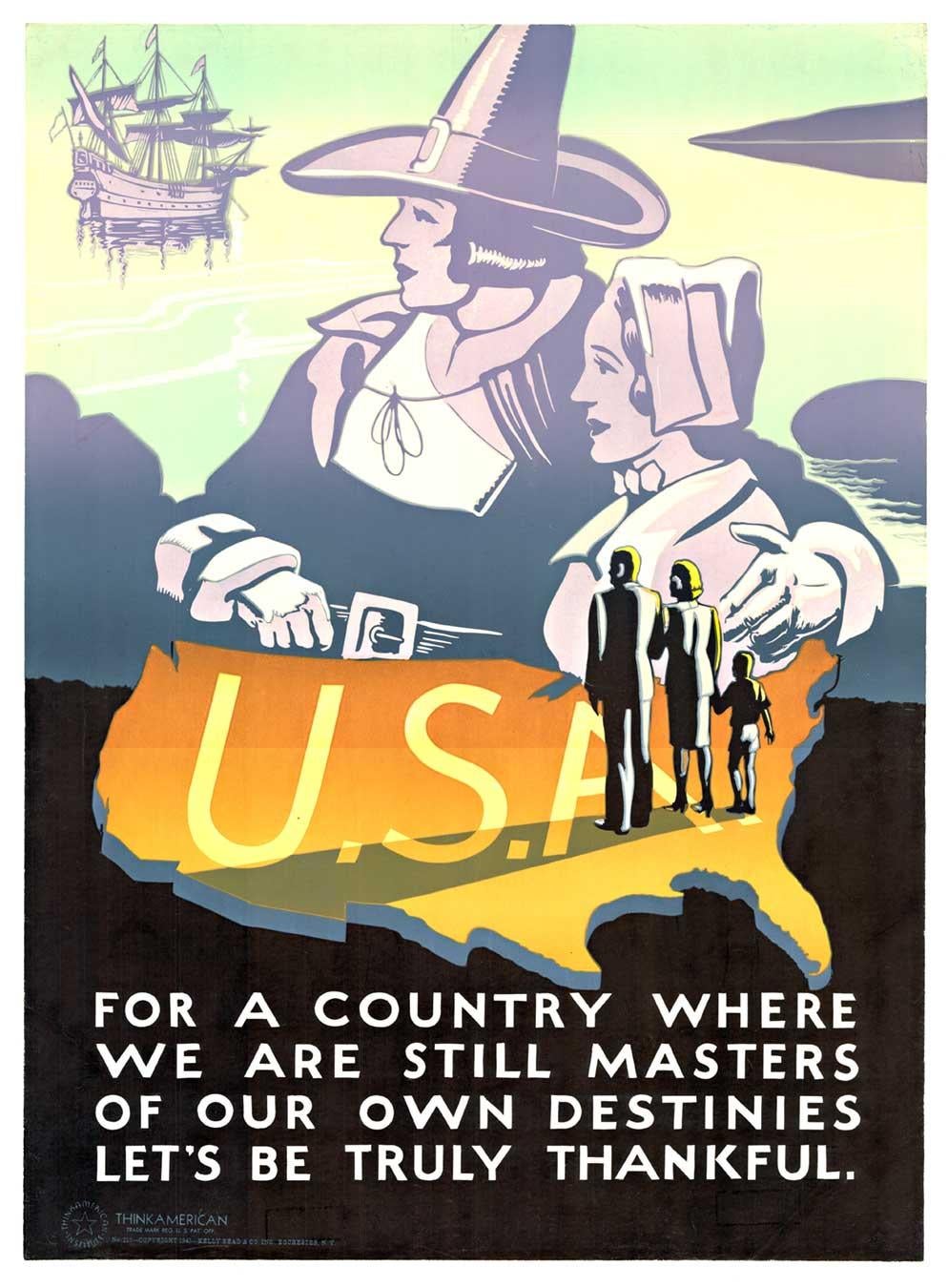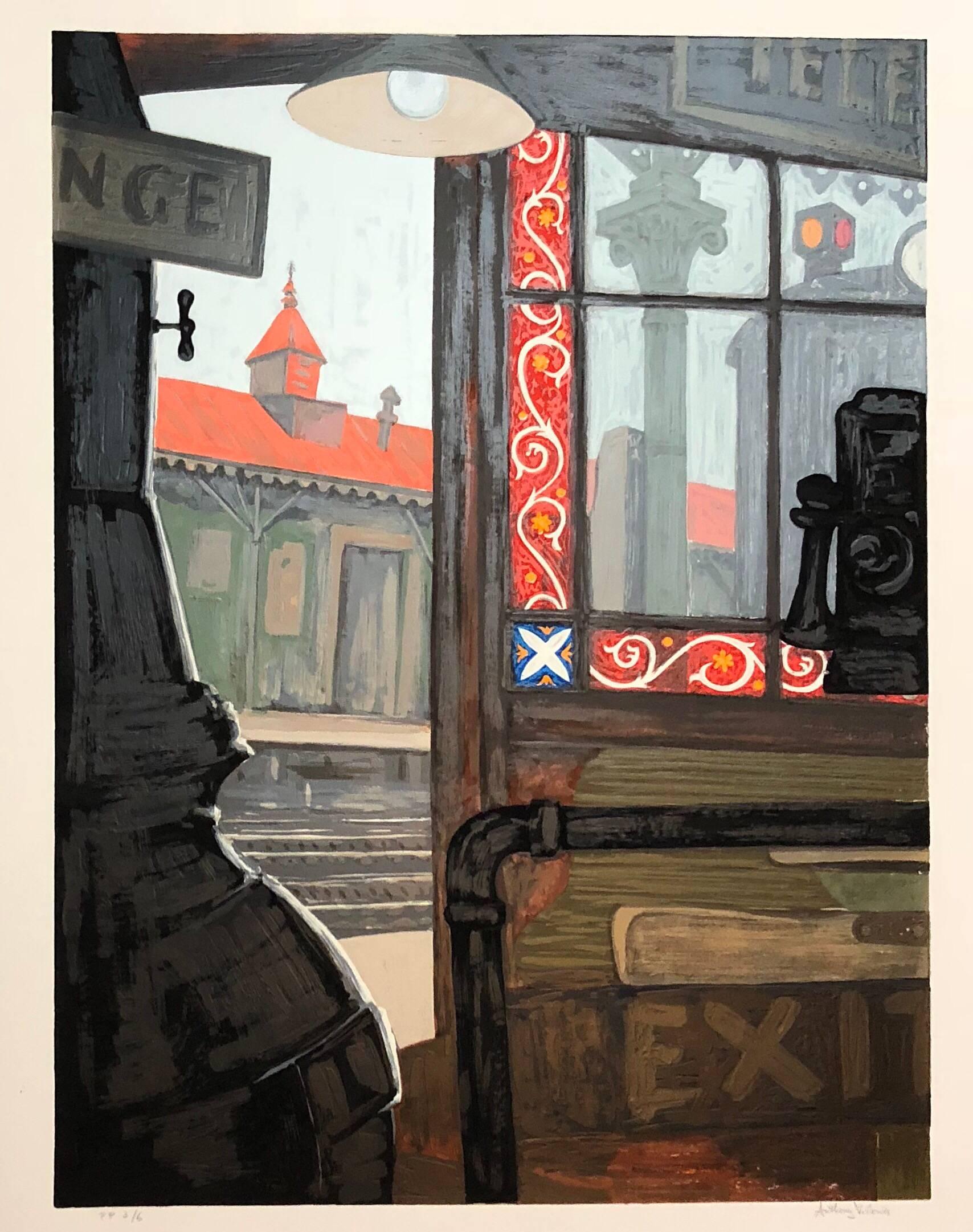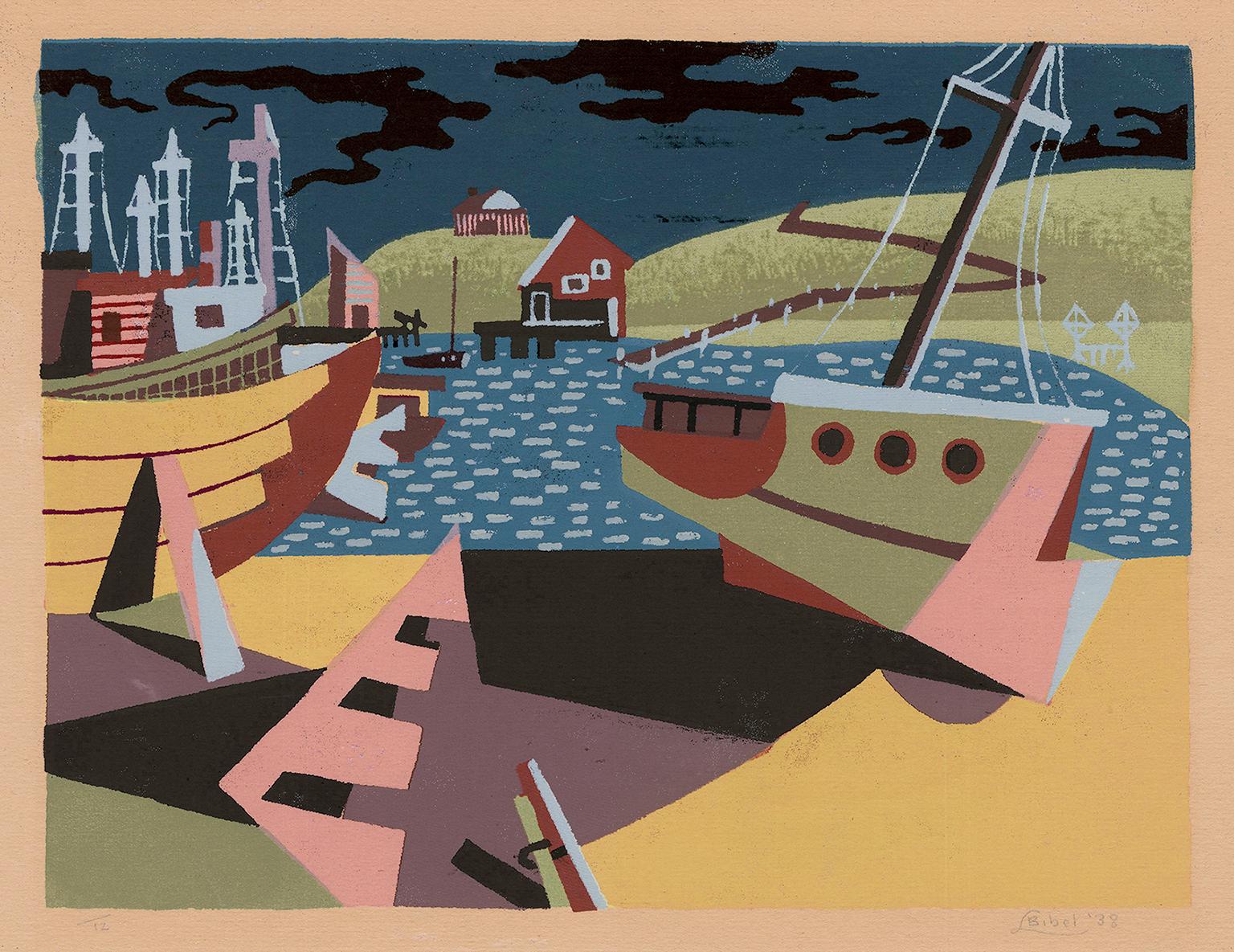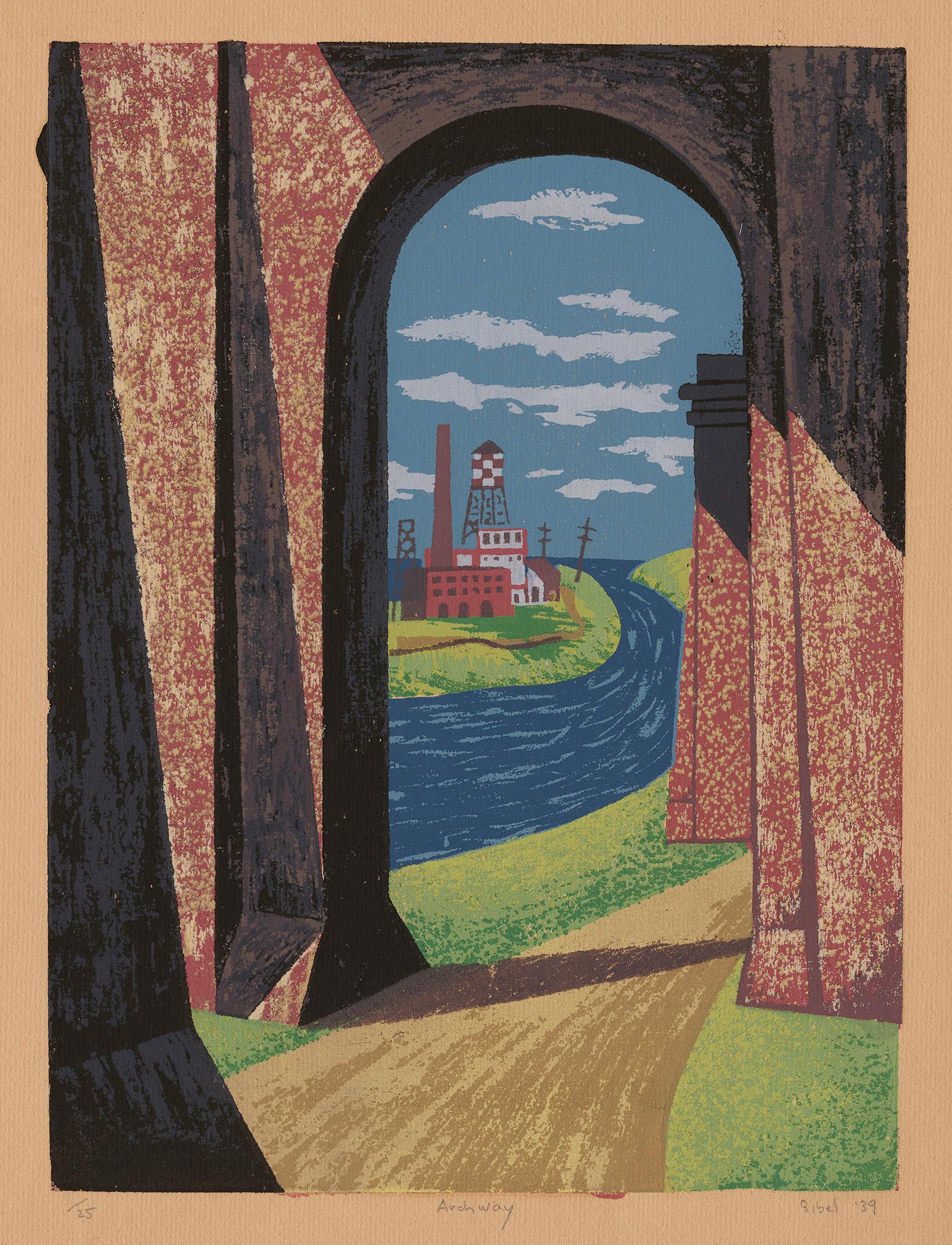Shepard FaireyNOISE REMIX (Bonus Print) - Original Screenprint, Handsigned, Limited /752020
2020
About the Item
- Creator:Shepard Fairey (1970, American)
- Creation Year:2020
- Dimensions:Height: 18.12 in (46 cm)Width: 18.12 in (46 cm)
- Medium:
- Movement & Style:
- Period:
- Condition:
- Gallery Location:Paris, FR
- Reference Number:1stDibs: LU46437429282
Shepard Fairey
Expanding on the legacies of artists such as Keith Haring and Andy Warhol, Shepard Fairey’s practice disrupts the distinction between fine and commercial art.
A major artist of the street art movement, Fairey rose to prominence in the early 1990s through the dispersion of prints, posters, stickers and murals, related to his Obey Giant campaign, which yielded an international cultural phenomenon. Fairey’s iconic poster of President Barack Obama was adopted as the official emblem associated with the presidential campaign and encapsulates a number of recurring concerns in the artist’s work, including propaganda, portraiture and political power.
Find a collection of Shepard Fairey original art on 1stDibs.
- ShippingRetrieving quote...Ships From: Paris, France
- Return PolicyA return for this item may be initiated within 7 days of delivery.
- Tommy Ramone Collage (Gold) - Original Handsigned Screen PrintBy Shepard FaireyLocated in Paris, FRShepard FAIREY Ramone Collage (Gold) Original screen print (serigraphy) Handsigned in pencil Numbered /350 copies On cream paper 61 x 46 cm (c. 24 x 18 inch) Excellent conditionCategory
2010s American Modern Figurative Prints
MaterialsScreen
- Swimmer - Screenprint (Olympic Games Munich 1972)By Ronald Brooks KitajLocated in Paris, FRRonard Brooks KITAJ Swimmer Screen print Signature printed in the plate On heavy paper 101 x 64 cm (c. 40 x 26 inch) Made for the Olympic Games in Munich, 1972 Excellent conditionCategory
1970s American Modern Figurative Prints
MaterialsScreen
- Headstand (San Francisco Museum of Modern Art) - Exhibition PosterBy Keith HaringLocated in Paris, FRKeith Haring Headstand Original vintage exhibition Poster printed in Screenprint On thick paper 90 x 60 cm (c. 36 x 24 in) INFORMATION: Official screenprint poster for the Haring e...Category
1980s American Modern Figurative Prints
MaterialsScreen
- Dia de los Muertos / Day of the Dead - Original Handsigned Letterpress setBy Shepard FaireyLocated in Paris, FRShepard FAIREY (OBEY) and Ernesto YERENA (Ganas) Dia de los Muertos / Day of the Dead Two Original letterpress set (serigraphy) Handsigned in pencil Numbered /250 copies On black ve...Category
2010s American Modern Figurative Prints
MaterialsScreen
- RAYMOND HAINS : American Express, 1990 - Color screenprint SIGNED and NumberedBy Raymond HainsLocated in Paris, FRRAYMOND HAINS (1926-2005) American Express, 1990 Original screenprint Signed by the artist on the back Numbered 25/50. on PVC 22,8 x 15,75 inch. Very good conditionCategory
1990s American Modern Figurative Prints
MaterialsScreen
- Harmony : The Lotus Flower - Tall original screenprint signed & numbered /89By Shepard FaireyLocated in Paris, FRShepard FAIREY (Obey Giant) Harmony : The Lotus Flower Original sceen print Handsigned in pencil Authenticated with blind stamp on the artist Numbered / 89 On vellum 41 x 30 inch (c...Category
2010s American Modern Figurative Prints
MaterialsScreen
- Original "Think American" USA World War II vintage posterLocated in Spokane, WAOriginal poster: For a Country Where We Are Still Masters of Our Own Destinies, Let's Be Truly Thankful. Silk-screened patriotism. This is a poster meant to appeal to the American family. Soft, rich colors and a patriotic vision... This poster has been archivally mounted on linen and is in fine condition condition. Touched up pin-holes in the corners. A- condition. The Original Think American, USA World War 2 Poster is a captivating piece of history and art. This vintage poster showcases a unique design that captures the era's essence. It features a pilgrim couple gazing out to sea towards their three-master schooner, representing America's pioneering and adventurous spirit. The outline of the United States is a powerful symbol of national pride and strength. The large text along the bottom of the poster delivers a thought-provoking message, reminding viewers to be grateful for the country where they can shape their own destinies. Created and printed by Think America, a renowned brand, this poster is a true collector's item that celebrates American history and values. The ghosted image of early Pilgrims seems to reach out to the American family who are standing on an outline of the United States. The old sailing...Category
1940s American Modern Figurative Prints
MaterialsScreen
- Original "Wagon Lits" pop art style serigraph travel by train posterBy Valerio AdamiLocated in Spokane, WAOriginal “Wagon Lits” serigraph poster by the artist Valerio Adami. It was printed in France by GrafiCaza (Michel Caza), one of the finest serigraph companies on woven paper—in exce...Category
1990s American Modern Figurative Prints
MaterialsScreen
- Modernist Silkscreen Screenprint 'El Station, Interior' NYC Subway, WPA ArtistBy Anthony VelonisLocated in Surfside, FLscreenprint printed in color ink on wove paper. New York City subway station interior. Anthony Velonis (1911 – 1997) was an American painter and designer born in New York City who helped introduce the public to silkscreen printing in the early 20th century. While employed under the federal Works Progress Administration, WPA during the Great Depression, Velonis brought the use of silkscreen printing as a fine art form, referred to as the "serigraph," into the mainstream. By his own request, he was not publicly credited for coining the term. He experimented and mastered techniques to print on a wide variety of materials, such as glass, plastics, and metal, thereby expanding the field. In the mid to late 20th century, the silkscreen technique became popular among other artists such as Robert Rauschenberg and Andy Warhol. Velonis was born into a relatively poor background of a Greek immigrant family and grew up in the tenements of New York City. Early on, he took creative inspiration from figures in his life such as his grandfather, an immigrant from the mountains in Greece, who was "an ecclesiastical painter, on Byzantine style." Velonis attended James Monroe High School in The Bronx, where he took on minor artistic roles such as the illustration of his high school yearbook. He eventually received a scholarship to the NYU College of Fine Arts, into which he was both surprised and ecstatic to have been admitted. Around this time he took to painting, watercolor, and sculpture, as well as various other art forms, hoping to find a niche that fit. He attended NYU until 1929, when the Great Depression started in the United States after the stock market crash. Around the year 1932, Velonis became interested in silk screen, together with fellow artist Fritz Brosius, and decided to investigate the practice. Working in his brother's sign shop, Velonis was able to master the silkscreen process. He reminisced in an interview three decades later that doing so was "plenty of fun," and that a lot of technology can be discovered through hard work, more so if it is worked on "little by little." Velonis was hired by Mayor LaGuardia in 1934 to promote the work of New York's city government via posters publicizing city projects. One such project required him to go on a commercial fishing trip to locations including New Bedford and Nantucket for a fortnight, where he primarily took photographs and notes, and made sketches. Afterward, for a period of roughly six months, he was occupied with creating paintings from these records. During this trip, Velonis developed true respect and affinity for the fishermen with whom he traveled, "the relatively uneducated person," in his words. Following this, Velonis began work with the Public Works of Art Project (PWAP), an offshoot of the Civil Works Administration (CWA), where he was assigned to serve the different city departments of New York. After the formation of the federal Works Progress Administration, which hired artists and sponsored projects in the arts, he also worked in theater. Velonis began working for the federal WPA in 1935. He kept this position until 1936 or 1938, at which point he began working in the graphic art division of the Federal Art Project, which he ultimately led. Under various elements of the WPA program, many young artists, writers and actors gained employment that helped them survive during the Depression, as well as contributing works that created an artistic legacy for the country. When interviewed in December 1994 by the Library of Congress about his time in the WPA, Velonis reflected that he had greatly enjoyed that period, saying that he liked the "excitement" and "meeting all the other artists with different points of view." He also said in a later interview that "the contact and the dialogue with all those artists and the work that took place was just invaluable." Among the young artists he hired was Edmond Casarella, who later developed an innovative technique using layered cardboard for woodcuts. Velonis introduced silkscreen printing to the Poster Division of the WPA. As he recalled in a 1965 interview: "I suggested that the Poster division would be a lot more productive and useful if they had an auxiliary screen printing project that worked along with them. And apparently this was very favorably received..." As a member of the Federal Art Project, a subdivision of the WPA, Velonis later approached the Public Use of Arts Committee (PUAC) for help in "propagandizing for art in the parks, in the subways, et cetera." Since the Federal Art Project could not be "self-promoting," an outside organization was required to advertise their art more extensively. During his employment with the Federal Art Project, Velonis created nine silkscreen posters for the federal government. Around 1937-1939 Velonis wrote a pamphlet titled "Technical Problems of the Artist: Technique of the Silkscreen Process," which was distributed to art centers run by the WPA around the country. It was considered very influential in encouraging artists to try this relatively inexpensive technique and stimulated printmaking across the country. In 1939, Velonis founded the Creative Printmakers Group, along with three others, including Hyman Warsager. They printed both their own works and those of other artists in their facility. This was considered the most important silkscreen shop of the period. The next year, Velonis founded the National Serigraph Society. It started out with relatively small commercial projects, such as "rather fancy" Christmas cards that were sold to many of the upscale Fifth Avenue shops...Category
1980s American Modern Figurative Prints
MaterialsScreen
- 1970s Pop Art "Dancing Lessons #2" Silver Silkscreen Mod Ballet Girl PrintBy Joanne SeltzerLocated in Surfside, FLPrinted on a slightly reflective metallic silver finished paper. there is a companion piece on a money green paper. A depiction of a ballet dancer, superimposed upon canceled dance c...Category
1970s American Modern Portrait Prints
MaterialsScreen
- 'Abstract Boats' — 1930s American Modernism, WPABy Leon BibelLocated in Myrtle Beach, SCLeon Bibel, 'Abstract Boats', color serigraph, 1938, edition 12. Signed, dated, and numbered ' /12' in pencil. A fine, painterly impression, with fresh colors, on buff wove paper; t...Category
1930s American Modern Figurative Prints
MaterialsScreen
- 'Archway' — 1930s American Modernism, WPABy Leon BibelLocated in Myrtle Beach, SCLeon Bibel, 'Archway', color serigraph, 1939, edition 25. Signed, dated, titled, and numbered ' /25' in pencil. A rich, painterly impression, with fresh colors, on buff wove paper; ...Category
1930s American Modern Figurative Prints
MaterialsScreen





